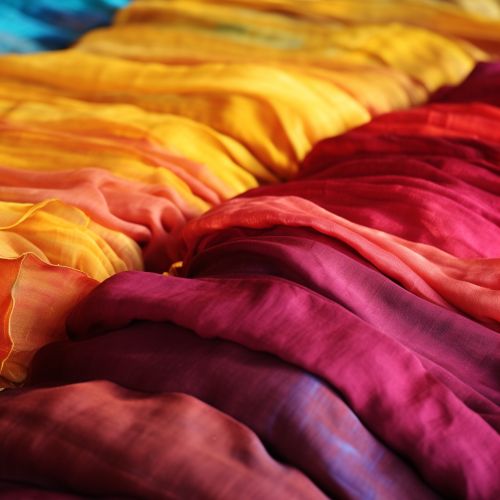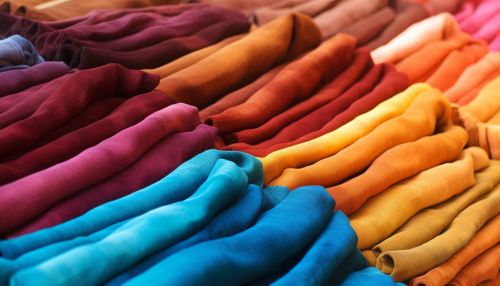Vat Dye
Introduction
Vat dye is a type of colorant that is applied to fabric in a reduced, soluble form and then oxidized in the fabric to its insoluble form. This process makes the dye highly colorfast, meaning it resists fading or running when washed or exposed to sunlight.
History
Vat dyes were first developed in the early 20th century for use in the textile industry. The first vat dye, Indanthren Blue RS, was invented by the German company BASF in 1901. The term "vat" comes from the large vessels or vats in which the dyeing process was originally carried out.
Chemistry
Vat dyes are complex organic compounds that are insoluble in water in their oxidized form. They are reduced to a soluble form using a reducing agent such as Sodium dithionite. The reduced dye has a different color than the oxidized form. Once the dye is applied to the fabric, it is oxidized back to its original, insoluble form using an oxidizing agent such as air or hydrogen peroxide.


Properties
Vat dyes have a number of properties that make them ideal for use in the textile industry. They are highly colorfast, meaning they resist fading or running when washed or exposed to sunlight. They also have excellent lightfastness, which is the ability to resist fading when exposed to light. Vat dyes are also resistant to bleach and have good washfastness, meaning they resist washing out of the fabric.
Applications
Vat dyes are used in a wide range of applications in the textile industry. They are used to dye cotton, wool, and other natural fibers, as well as synthetic fibers such as Polyester. Vat dyes are also used in the production of denim, where their high colorfastness is particularly important. Other applications include the dyeing of carpets, upholstery, and other home furnishings.
Environmental Impact
The use of vat dyes in the textile industry has raised environmental concerns due to the chemicals used in the dyeing process. The reduction and oxidation processes can produce harmful byproducts, and the dyes themselves can be toxic if not properly handled. However, advances in technology and changes in industry practices have led to the development of more environmentally friendly vat dyeing processes.
